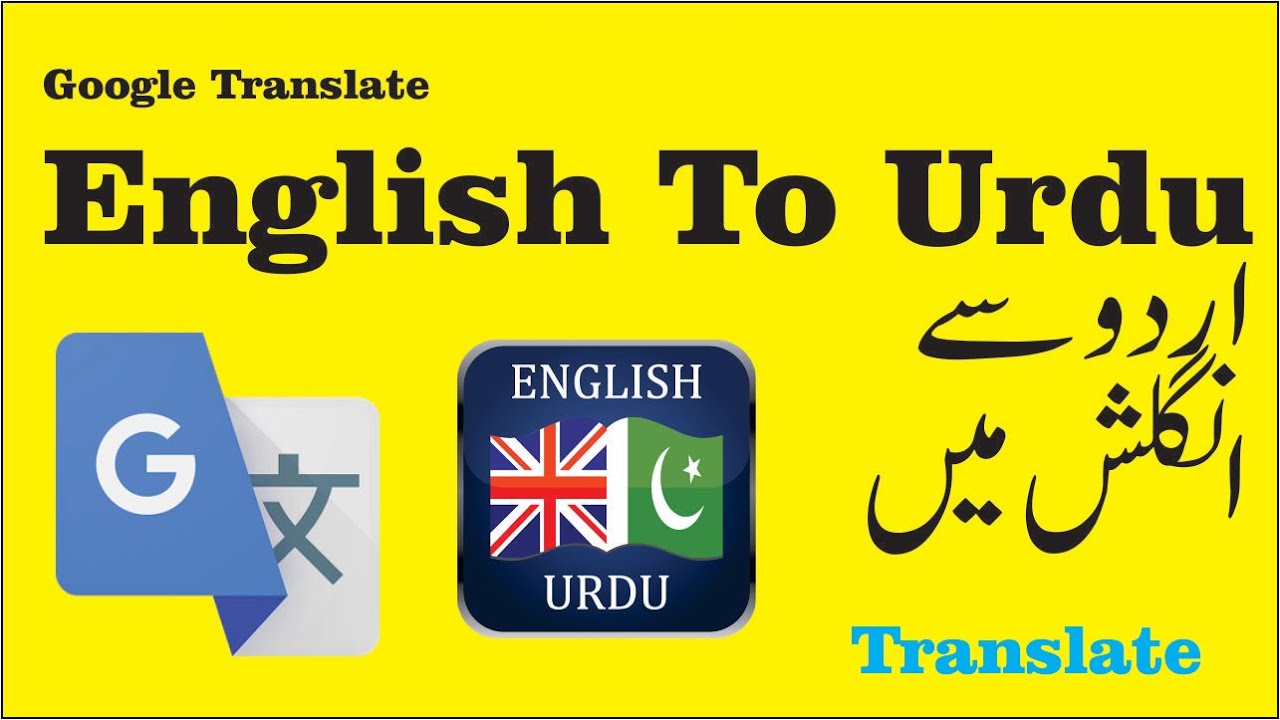

We found that the definition of sepsis was inconsistent in the literature and that few studies reported on patient, public, or healthcare professional knowledge of sepsis risk factors. The results from the included studies appear to suggest that patient/public awareness of sepsis gradually improved over time. The proportions of patients/public who correctly identified the definition of sepsis ranged from 4.2% (Singapore) to 92% (Sweden). The proportion of patients/public who had heard of the term sepsis ranged from 2% (Japan) to 88.6% (Germany). Healthcare professional awareness and knowledge of sepsis is high compared with patients/public. Of 5,927 unique studies, 80 reported on patient (n = 13/80 16.3%), public (n = 15/80 18.8%), or healthcare professional (nurses, physicians, emergency medical technicians) (n = 48/80 60%) awareness and knowledge of sepsis.

The protocol was registered on Open Science Framework ().Īrticles related to sepsis awareness, knowledge, and information seeking behaviors among patients, public, and healthcare professionals.

One researcher extracted the data for each included article, and a second researcher checked data accuracy. Title/abstract and full-text screening was done in duplicate. Using Arksey and O'Malley's methodological framework, we conducted a systematic search on May 3, 2021, across four databases (MEDLINE, EMBASE, CINAHL, and Education Research Complete). We conducted a scoping review to identify and map the literature related to sepsis awareness, general knowledge, and information-seeking behaviors with a goal to inform future sepsis research and knowledge translation campaigns. Sepsis awareness and understanding are important aspects of prevention, recognition, and clinical management of sepsis. We further demonstrate how our model can be deployed in a geoparsing framework to support city planners in promoting healthy and active lifestyles. We show that our approach outperforms five state-of-the-art deep learning and machine learning models. To support this effort, this article presents an end-to-end deep learning-based bilingual toponym recognition model for extracting location information from social media content related to sports and exercise. This places increased emphasis on extracting location information from free-form text content on social media, which is complicated by multilingualism and informal language. However, user-generated geographical information available on social media platforms is becoming scarcer and coarser. This allows studying all sport, including those "informal sport" which are at arbitrary locations, to better understand sports and exercise-related activities in cities. Such activities are more challenging to observe, but this challenge may be addressed using data collected from social media platforms, because social media users regularly generate content related to sports and exercise at given locations. While previous research has mainly focused on activities at specific locations such as sport facilities, "in-formal sport" that occur at arbitrary locations across the city have been largely neglected. Sport and exercise contribute to health and well-being in cities.


 0 kommentar(er)
0 kommentar(er)
